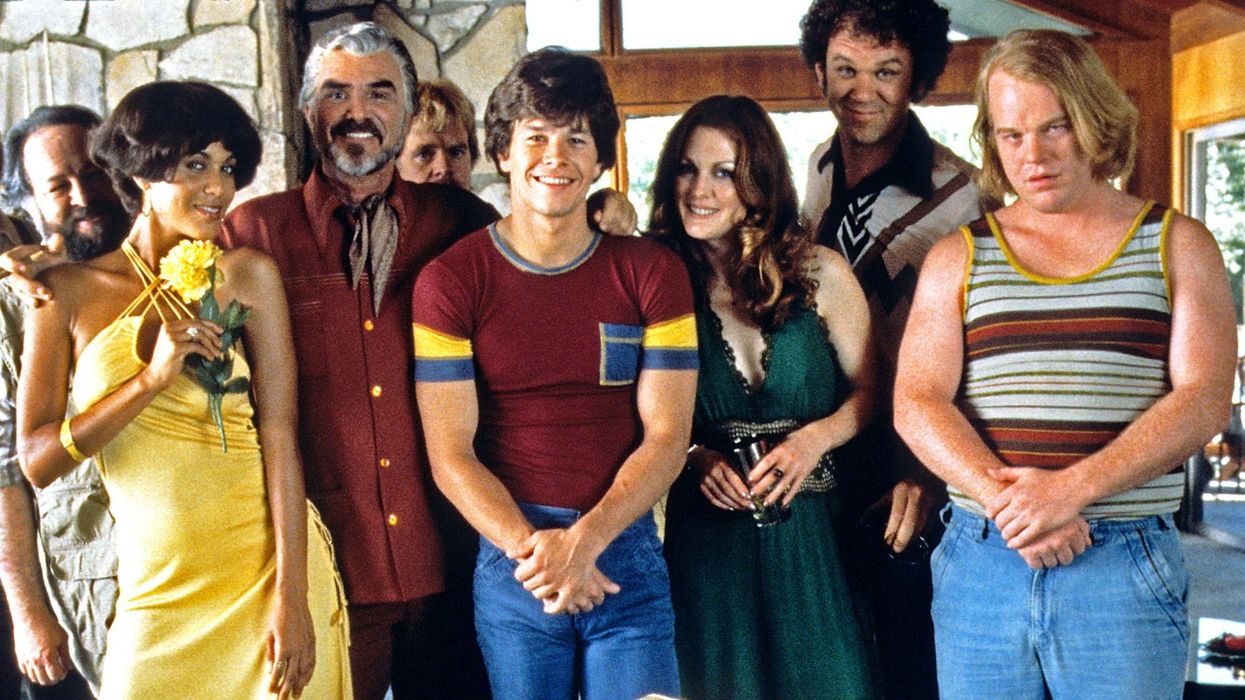How Did Indie Films Rule the 1990s?
Are you still watching indie films? What was the first you watched?

The 1990s were the most exciting time for independent cinema. It felt like we had hundreds of voices being elevated for audiences all over the world. Those days feel like they're gone, and we'll talk about that, but I wanted to spend some time talking about what it was like to be an indie filmmaker in the 1990s.
Audiences used to really care about independent films. We can still see their cultural impact whenever we’re watching a movie by Quentin Tarantino, Sofia Coppola, or Wes Anderson, but they all came of age during the '90s.
These directors, who came up through the independent film scene, established distinctive individual styles and won major awards. They became household names, and they got to follow their passions. But was the ‘90s indie explosion the last of its kind? What does it look like today?
Check out this video essay from The Take, and then let's talk after.
How Did Indie Films Rule the 1990s?
After the 1970s introduced Hollywood to new voices like Scorsese, Spielberg, De Palma, Coppola, and Lucas, the 80 overcorrected and were all about studio films. That bump left a major gap for the people inspired by auteurism. These people knew they wanted to make their own movies. So they went to film school, rented cameras, and shot their own material.
Sure, they had lower budgets, but the ability to shoot at home changed the way Hollywood worked. Suddenly, people were showcasing their directing and storytelling ability for a fraction of the cost of studio movies. Kevin Smith made Clerks for $28,000, and others followed suit. Richard Linklater's Slacker was also done for cheap. Both sold at Sundance for millions of dollars and turned the directors into household names.
And look no further than Tarantino, who burst onto the scene with Reservoir Dogs, but became a star when Pulp Fiction blew up, making over $200 million worldwide. Since it was independently financed, it made the studio that bought it tons of money and was nominated for multiple Academy Awards.
The glut of great directors and stories continued through the 90s with people like Sofia Coppola doing The Virgin Suicides, Paul Thomas Anderson doing Hard Eight, and Larry Clarke doing Kids.
Festivals at the time were built around finding new voices and shining a light on fresh talent. It was like a treasure hunt for studios, who wanted to pride themselves on buying original ideas from these people to make for them.
But all this changed in the 2000s. We found all of these cult-of-personality directors entertaining, but when studios found new ones, they roped them into tentpoles. Even though it got easier and cheaper to shoot things at home, studios stopped looking for totally independent workers. That's because they opened their own shingles that were devoted to developing these movies. Then they began taking studio films to these festivals, and smaller ones got squeezed out.
All this contributed to a total change in the way Hollywood looks at indie film. Now it's a providing ground to swing their visions into intellectual property. Sure, that may leave you worried about what's upcoming, but this is the same place people found themselves in the 1980s. After that decade we saw the '90s, and we know how that went.
That's the optimistic take on all of this. The negative one is that we have to find new ways to break in. Whether that's finding better ways to debut ourselves or just exploring how much the digital landscape can be used to reinvent tired tropes and get viewers, there will always be a need for new ideas and voices. It's hard for storytellers out there.
But we'll keep trying to have your backs with as much info and tips as we can find.
Source: The Take












